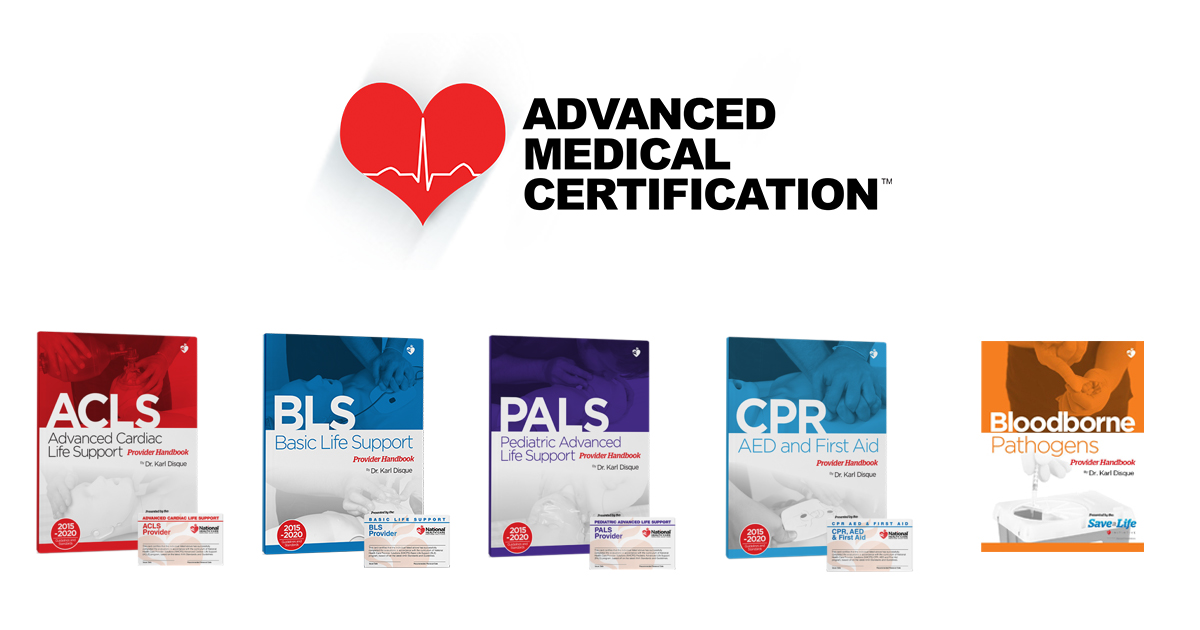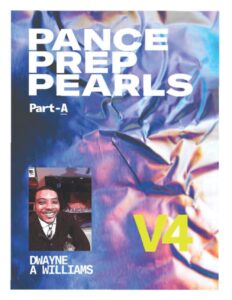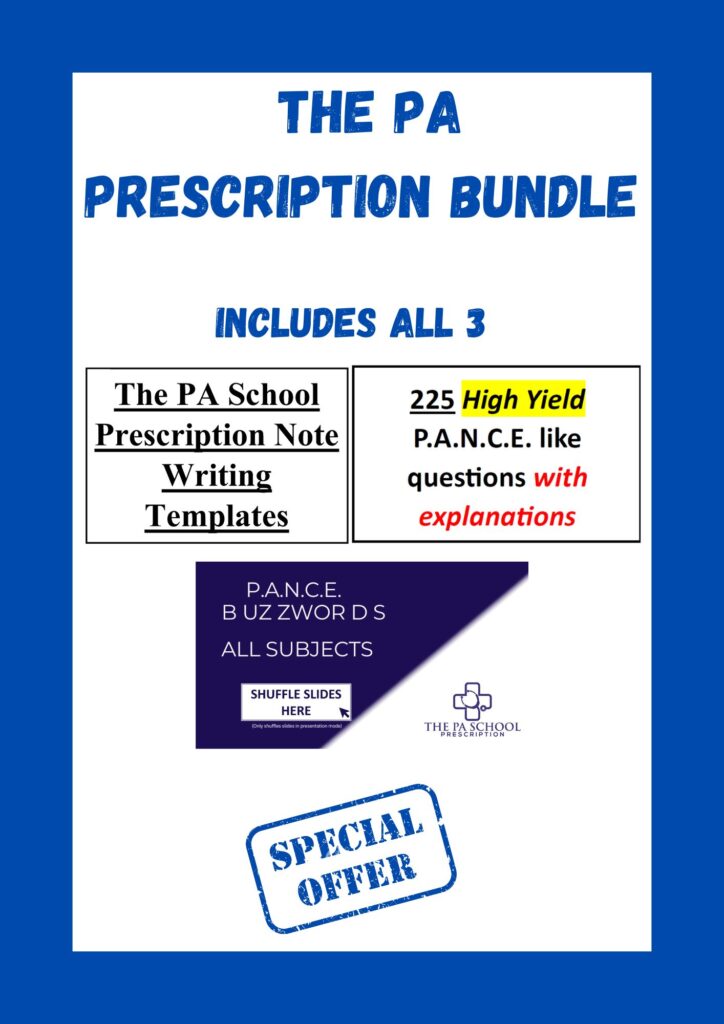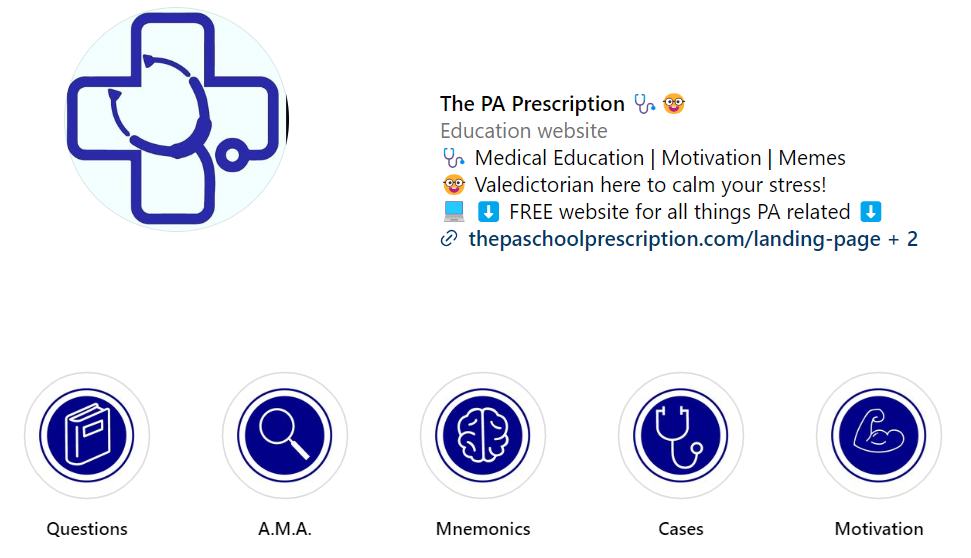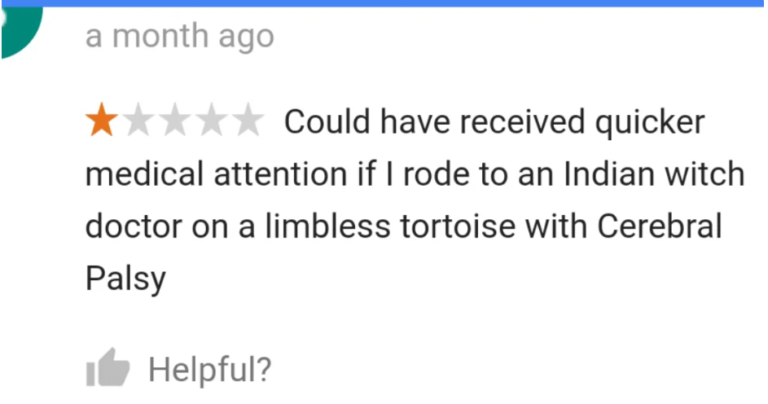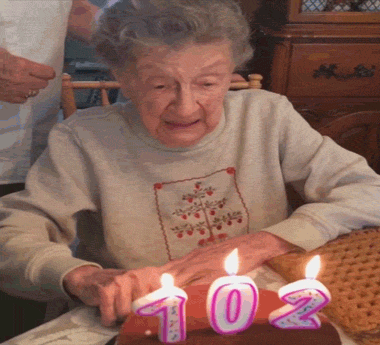
Thank you for subscribing to the The PA Rx Newsletter!
The Friday Case Challenge includes difficult-to-diagnose conditions, some of which are not frequently encountered by most clinicians, but are nonetheless important to accurately recognize. Test your diagnostic and treatment skills using the following patient scenario and corresponding questions.
Shaking in his boots
A 42 year old male with a 20 pack-year history of alcoholism presented with a chief complaint of “seeing things” and shaking. Two days prior, he had run out of money and abruptly stopped drinking after consuming over a pint of vodka daily for decades.
On initial presentation, the patient was alert but disoriented to time and place. He appeared diaphoretic, tachycardic, hypertensive, and had a fine tremor of his outstretched hands. The patient was agitated and fidgety, with pressured speech and tangential thoughts. He reported visual hallucinations of insects crawling on his skin. His eyes darted around the room as if tracking unseen objects.
Over the next few hours, the patient’s mental status waxed and waned. During periods of lucidity, he acknowledged feeling weak, nauseated and anxious. He continued to pick at his skin in an attempt to remove imaginary bugs. When agitated, the patient became increasingly confused, shouting obscenities and trying to climb out of bed. He did not recognize the hospital staff and accused them of poisoning him.
The patient was observed to have coarse muscle fasciculations and myoclonus, with brief rhythmic jerking of his limbs. He had an unsteady gait and nearly fell when attempting to walk to the bathroom. Vital signs fluctuated wildly, with heart rate ranging from 90 to 130 and blood pressure from 150/90 to 190/100. Despite intravenous hydration, the patient remained tachycardic and febrile at 38.2 C. Lab tests showed mild elevations in liver enzymes and electrolyte abnormalities, consistent with…..
Question 1:
What’s the most likely diagnosis?
A) Meningitis
B) Bipolar Disorder
C) Delirium Tremens from alcohol withdrawal
D) Medication reaction
Question 2:
Which of the following medications would be most appropriate to help control her symptoms?
A. Lorazepam
B. Haloperidol
C. Diazepam
D. Phenobarbital
Question 3:
On neurological examination of the patient you notice vertical nystagmus and severe ataxia. Which of the following vitamin supplements is the first-line treatment for this patient?
A) Vitamin C
B) Vitamin D
C) Vitamin B1 (Thiamine)
D) Vitamin B12A
Answers:
Question 1:
C) Delirium Tremens from alcohol withdrawal
Question 2:
A. Lorazepam
Benzodiazepines like lorazepam and diazepam are first-line agents for controlling agitation, tremors, and seizures in delirium tremens.
Question 3:
C) Vitamin B1 (Thiamine)
This patient’s presentation is consistent with Wernicke encephalopathy, a neurological condition caused by thiamine (Vitamin B1) deficiency, often seen in chronic alcoholics. Thiamine supplementation is the first-line treatment to prevent progression to Korsakoff syndrome and to reverse the neurological symptoms.
I hope you did well and crushed this quiz.
If you need more review, click here for some free resources, questions and videos regarding substance related and addictive disorders
Thats all for today.
Thanks for reading,


